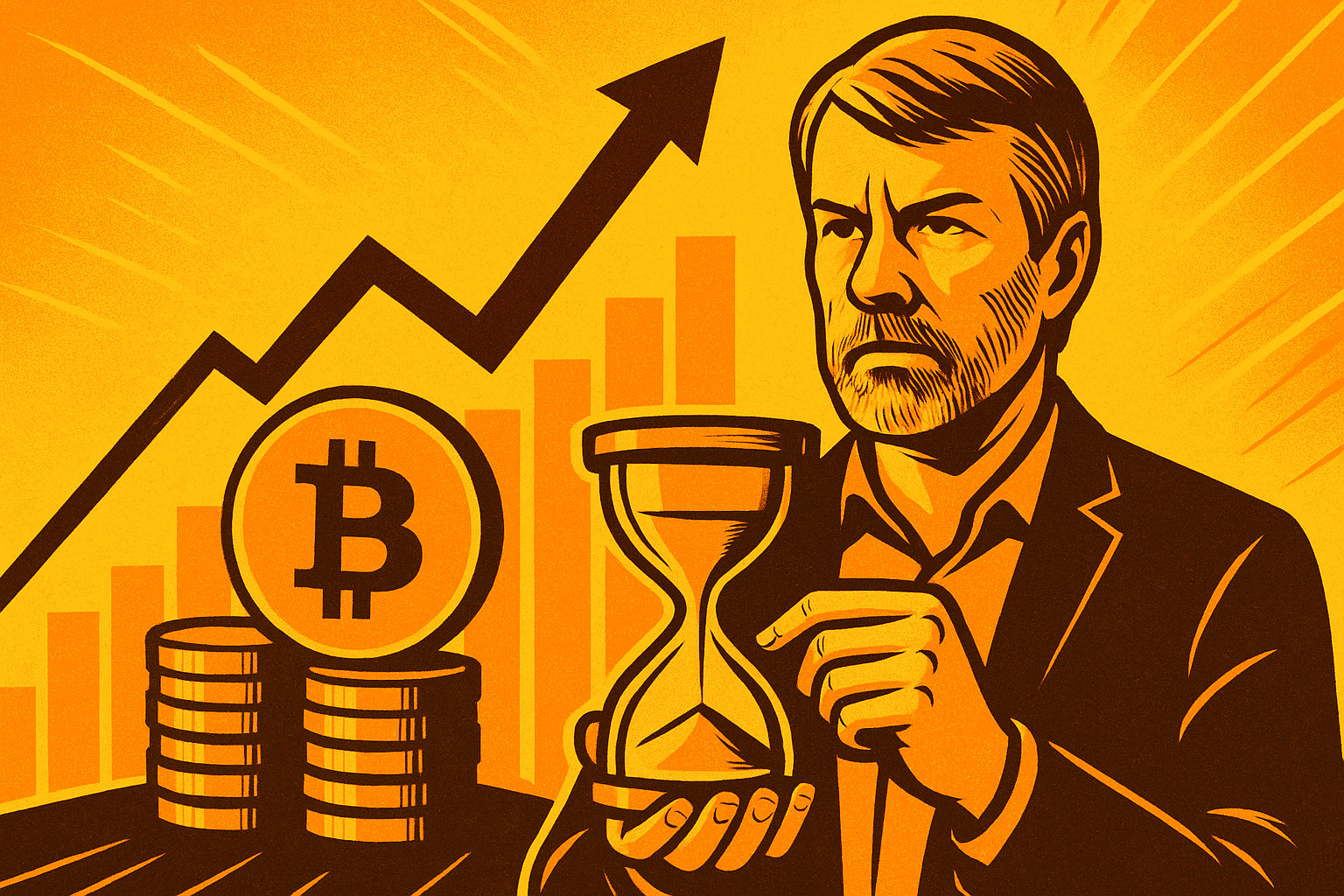19,600,000 – that’s roughly how many BTC have already been mined, which means more than 93% of the total supply is spoken for. When I saw that number on Glassnode this morning, my first reaction was a very non-academic: “Uh-oh.”
Wait, Did Saylor Really Eat Up 1% of Bitcoin?
Let’s start with the headline grabber. MicroStrategy – aka Michael Saylor’s never-ending orange-coin piggy bank – disclosed on March 19 that it owns 214,246 BTC. That’s just over 1.1% of the entire circulating supply and worth about $14 billion at today’s $65k spot price.
Put another way, one publicly traded firm now holds more Bitcoin than the reserves of Coinbase, Kraken, and OKX combined. I had to triple-check that, because it sounds like Reddit hype, but the on-chain dashboards back it up.
The community reacted exactly how you’d expect:
"If Saylor keeps this up, he’ll be the Federal Reserve of Bitcoin before the decade’s out." – @WhalePanda in a Telegram chat
"Love him or hate him, he’s front-running every pension fund on the planet." – an analyst at Swan during this morning’s Spaces
I’ve noticed a weird emotional split: half the timeline is cheering him on like he’s Tony Stark, the other half is side-eyeing the concentration risk.
Here's What Actually Happened
According to MicroStrategy’s 8-K filing, the company added 12,000 BTC in the past three weeks, financed partly by that shiny $700 million convertible note. While Twitter focused on the funding gimmick, the more important detail (in my view) is where those coins came from. Exchange reserve trackers such as CryptoQuant show that net outflows hit 18-month highs in the same window. Coincidence? Probably not.
Now here’s the interesting part: only about 2.2 million BTC sit on centralized exchanges right now, the lowest figure since early 2018. So every time a whale yanks coins off an order book, it’s not just a purchase – it’s literal removal of liquidity.
We saw similar vibes in early 2021 when Tesla dipped its toe. Back then, though, miners still produced 900 BTC per day. After next month’s halving, that drops to 450. Do the back-of-the-napkin math and you can see why people are throwing around the phrase “supply shock” like confetti.
Why This Matters for Your Portfolio
I’m not a financial adviser, and my cat still unironically sleeps on a Dogecoin pillow, but here’s how I think about it:
- Liquidity holes create volatility spikes. If another ETF inflow day hits 15k BTC and there are only 2.2 million liquid coins, the bid-ask spread can widen in minutes.
- Concentration equals narrative risk. Imagine MicroStrategy ever needing to dump due to a black-swan corporate event. The same mouths celebrating today will scream “whale manipulation” tomorrow.
- Scarcity ≠ guaranteed moon. Gold is scarce, too, yet we’ve watched it chop sideways for a decade. Scarcity amplifies demand – it doesn’t manufacture it.
I’m personally upping my DCA a hair before the halving, but keeping some dry powder. Markets love to punish consensus trades, and “post-halving pump” feels extremely consensus right now.
The Counter-Arguments We're Hearing in Discord
Not everyone’s convinced a supply crunch is imminent. A few skeptical takes floating around the CoinMarketCap chatroom:
"Dormant coins will wake up once price tags hit $100k. That’s your phantom supply." – @ledgerstatus
"Saylor is bullish until his debt rollovers bite him in 2028 – then watch him turn net seller." – anonymous desk trader at a major CEX
And, frankly, they have a point. Around 3.4 million BTC haven’t moved in five years. If even a fraction of those OG wallets decide to cash out Lambos, the float expands. Plus, miners may pre-sell future production via derivatives, softening the halving blow.
The Wild Card: Next Month's Halving
Block reward falls from 6.25 BTC to 3.125 BTC – that’s an annual emission drop of ~164k BTC. For comparison, BlackRock’s IBIT ETF alone scarfed up over 205k BTC in its first 60 days. So, yeah, demand has already outpaced future supply cuts.
But let me detour for a second: Back in 2020, I hosted a poker night the week after the halving. Price dipped 15% over the next month, and skeptics gloated. Six months later, we were at $30k. Moral of the story: halvings are messy in the short term, majestic in hindsight.
Where Do We Go From Here? Honestly, I'm Still Figuring It Out
If you forced me to place a bet, I’d say yes, we see a measurable supply squeeze later this year. ETF inflows, sovereign rumors (lookin’ at you, Argentina), and relentless corporate hoarding form a potent cocktail.
But can we please admit we don’t know? Crypto Twitter pretends every move is obvious in retrospect, yet most of us are just squinting at TradingView candles and hoping. The only certainty is that the game theory around Bitcoin’s fixed cap keeps getting spicier, and Michael Saylor just turned the burners up another notch.
Pass the popcorn – and maybe a hardware wallet.



